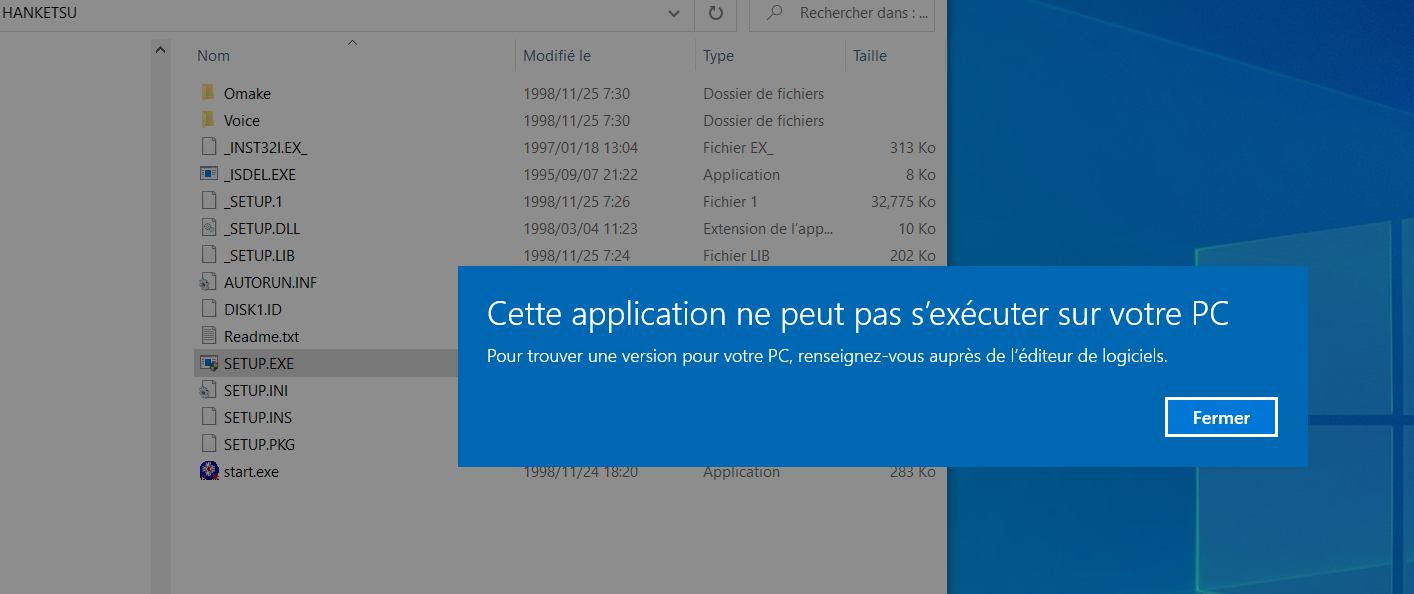

You've made it operate under the assumption that you're always talking to it with iTerm2. On the remote system, you have hardwired the terminal type. When you are using iTerm2 from your Macintosh, whatever is on the other end of the SSH connection is quietly sending iTerm2 control sequences to your terminal emulator to tell it stuff like what your shell is, what your working directory is, who you are, when you start editing at a shell prompt, when you start executing a command, and so forth. The form here is definitely iTerm2's, not that of the Linux kernel terminal emulator, though.) The xterm doco notes that it has bodges to support broken applications that use the non-conformant Linux kernel terminal emulator or iTerm2 forms. (The terminal emulator that is built in to the Linux kernel also doesn't implement standard OSC control strings. Strictly speaking, that's a control string that isn't ever terminated, since any characters other than SOS and ST are permitted in the contents of a control string and is one that with a conformant terminal emulator effectively just stops display, as the terminal simply accrues all further output as a control string.

They do not adhere to the ECMA-48 control string specification but terminate the control string with BEL (U+0007) rather than with ST as the standard says. iTerm2 defines a set of control sequences introduced by OSC that are distinctly non-standard and idiosyncratic to iTerm2. This is the form for OSC control sequences that is understood by iTerm2. Rather, it is ␛]1337 CurrentDir=/home/patrick␇ However, the form of the control sequence in this case is not that of xterm. For example: You'll see from its doco that xterm implements such control strings, for setting fonts and window titles. What is in the control string is terminal-type specific. ECMA-48 § 5.6 defines "control strings" begun with OSC and terminated with ST (U+009C, String Terminator). Several terminal emulators recognize OSC as a control character sequence introducer. It then prints the ] over the top of the right-hand half of the box, as you can see. So after printing the box it doesn't advance the output position enough. the space that it takes on the screen, which is actually two character widths. It also doesn't correctly deal with the "spacing" of what it has printed for the ESC, i.e.
Locale emulator not working code#
If you look closely, you'll see the numbers 00 and 1B in the box, for U+001B, the code point for the ESC character. So it's falling back to the conventional trick of displaying characters that it doesn't have a glyph for as a box with the hexadecimal value of the (lowest 16 bits of the) Unicode code point in it.


bash: warning: setlocale: LC_ALL: cannot change locale (en_US.UTF-8) Individual files in /usr/share/doc/*/copyright.ĭebian GNU/Linux comes with ABSOLUTELY NO WARRANTY, to the extent The exact distribution terms for each program are described in the
Locale emulator not working software#
Maybe it's just a missing library? It is hard searching for such graphical ssh programs included with the Debian GNU/Linux system are free software The problem with the language settings was introduced by myself trying to solve the just mentioned problem since I assumed some encoding problems to be responsible. I refer to the rectangles with the numbers in it. Trying to connect via ssh and getting the following strange terminal output. Running a brand new Ubuntu 16.04 and a Debian 8 server.


 0 kommentar(er)
0 kommentar(er)
